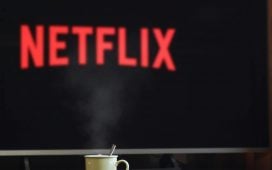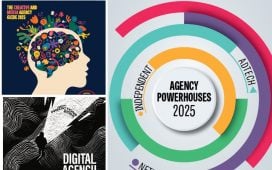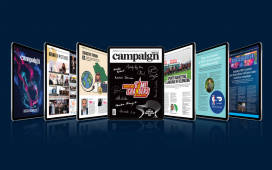AppsFlyer has released its annual report on mobile app trends. The report is not just a retrospective lookback but a forecast, following an increasingly complex digital economy.
The 2024 report arrives as both a record and a roadmap, shining a light on how mobile marketers have harnessed new technologies, creative strategies, and market insights to navigate a volatile landscape.
If 2023 was a year of recalibration, 2024 was a year of calculated acceleration. User acquisition (UA) ad spend surged globally, with brands deploying increasingly sophisticated monetisation strategies. Artificial intelligence fueled an unprecedented evolution in how campaigns are optimised and scaled.
The
To continue reading this article you need to be registered with Campaign. Registration is free and only takes a minute. Register Now or sign in below if you already have an account.









